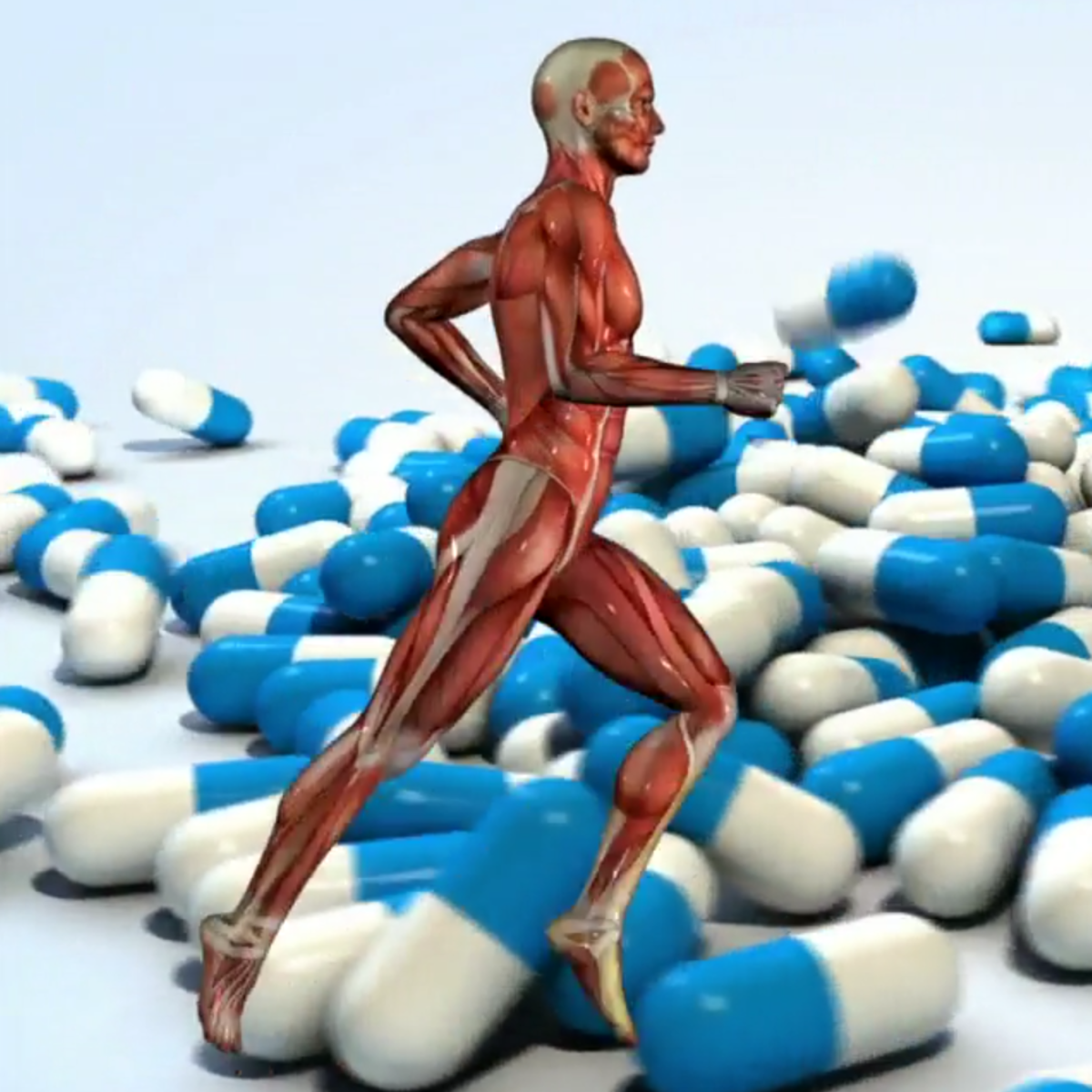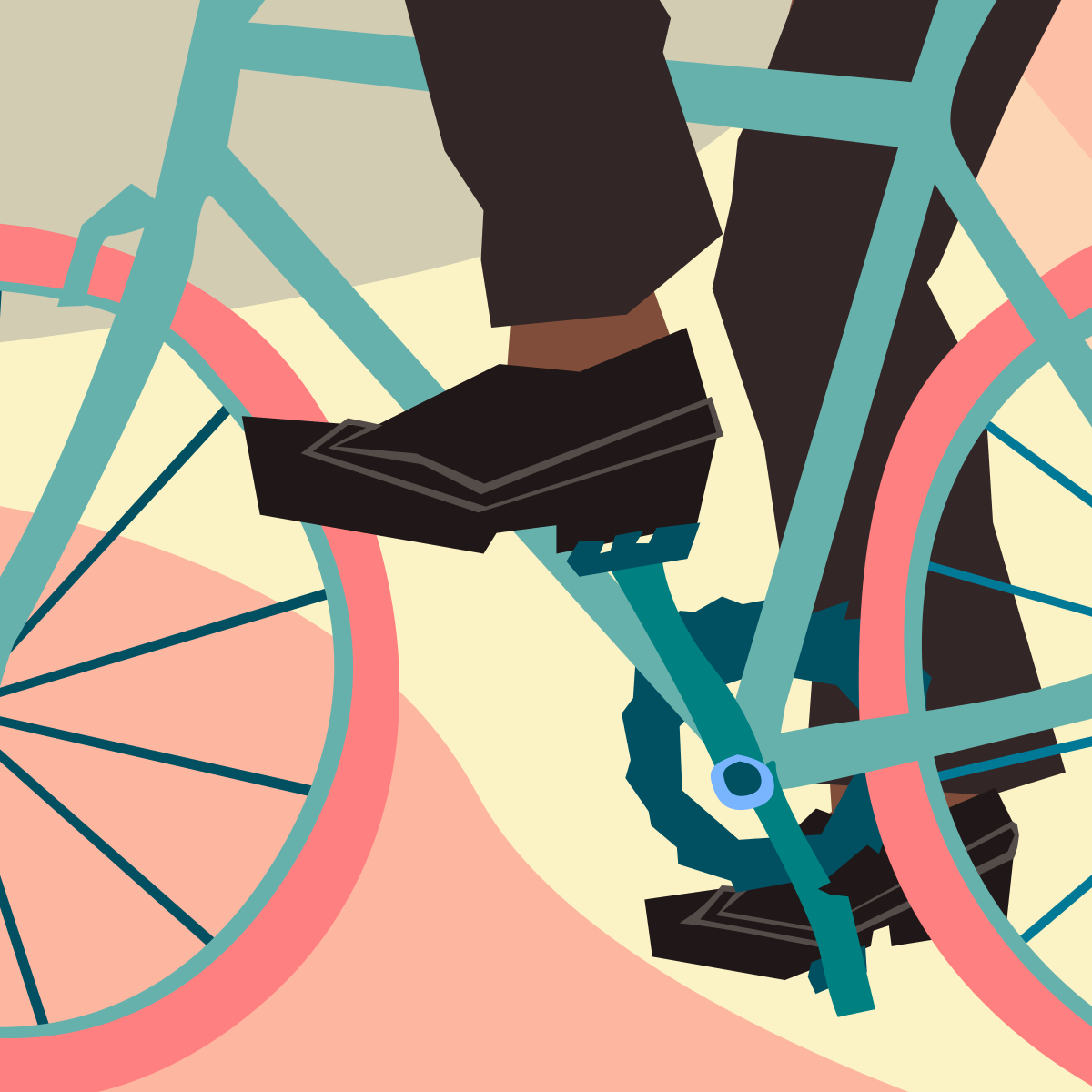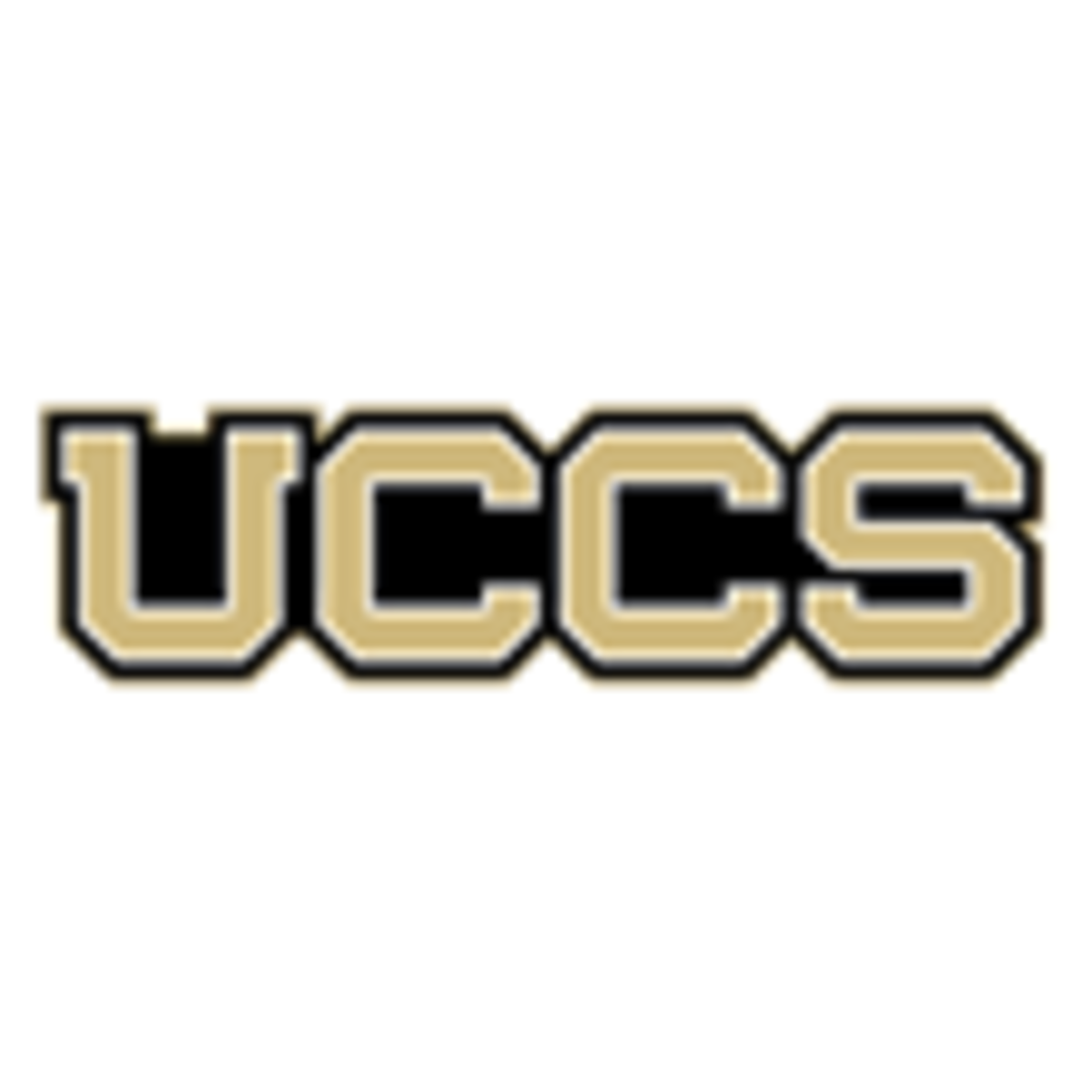Back to Courses









Social Sciences Courses - Page 15
Showing results 141-150 of 672

Doping : Sports, Organizations and Sciences
The objective of this course is to encourage a critical understanding of doping. To achieve this goal, this course will rely on a multidisciplinary approach that allow you to see how different disciplines get into a single object, in different perspectives and in often complementary ways. This approach will also allow us to appreciate the complexity of a subject like doping.
Doping in sports is a complex practice whose definition and identification is the result of socially and historically constructed norms.
This course offers to shed light on the processes that led to the use and prohibition of doping substances. Performance enhancement or physical transformation are two aspects of doping which are seen as problematic, yet even as we speak companies are making fortunes selling body improvement and other forms of “human enhancement” to us. These apparent contradictions will be analysed to show that beyond sanitary questions, doping raises many social, scientific and legal issues.
In efforts to control doping, governments and sports authorities have put into place institutions responsible for defining what falls into the category of doping, but also what prevention, repressions and research methods to put into effect. This course will also explore biological control measures such as the biological passport, key legal dimensions, organisations that produce performance, as well as the sociological dimensions of doping.
Besides the Professors of University of Lausanne, the best experts of doping are involved in this course: experts from an Anti-doping Laboratory (LAD- Lausanne-Switzerland), from the CAS (Court of Arbitration for Sport), from the UEFA (soccer), and from the WADA (World Anti-Doping Agency).
Teaser: https://www.youtube.com/watch?v=20Q3eR_g7rU
Main Learning Outcomes
At the end of the course the participants will be able to :
1. Identify the “cultural” dimension of doping, that is as a historical practice linked to the transformation of social norms,
2. Go from a binary way of thinking - for or against doping - to an understanding of the complexity of this phenomenon which is biological, psychological and sociological, all at the same time,
3. Recognize the institutions, the actors and the practices of the fight against doping,
4. Explain how the social and organisational context influences individuals decisions and how this influence can be reduced by effective prevention measures,
5. Identify how the fight against doping is led and how testing is carried out.

Sit Less, Get Active
Physical inactivity and sedentariness are “silent killers”. Do you feel like you spend too much time sitting? Do you feel like you would like to be more active? Are you unsure about how to incorporate physical activity into your daily life? We are here to help.
Join us on a journey to learn about how to sit less and become more active. Use this FREE course to learn how to monitor your own activity and set physical activity goals. We will feature various examples of how physical activity could be increased in different settings, such as your neighbourhood, home or work, to give you ideas of ones that could best fit your lifestyle.
Are you a health professional? Use this opportunity to learn how to incorporate physical activity into your daily routine and also how to empower your patients to be more physically active. If time with a patient is an issue, you can simply “prescribe” this course to your patient.
This course offers you a unique opportunity to receive weekly physical activity health messages and monthly video-reminders on how to increase physical activity in various settings for 6 months after the initial 3 week course. So, join us on the Sit less, get active! journey.
Follow us on Twitter @GetActive MOOC, #GetActiveMOOC or follow our Online Learning Twitter feed @uoe_online. Visit our YouTube channel to check out the promo videos (more are to come) https://www.youtube.com/channel/UC6xpBMzJXnffdUaY32-zPdA
If YouTube is not available in your country, you can access the promo videos here https://media.ed.ac.uk/search/searchkeyword/sit%20less%20get%20active

Advertising and Society
This course examines the relation of advertising to society, culture, history, and the economy. Using contemporary theories about visual communications, we learn to analyze the complex levels of meaning in both print advertisements and television commercials.
About the Course
The course covers a wide range of topics, including the origins of advertising, the creation of ads, the interpretation of ads, the depiction of race, class, gender, and sexuality in advertising, sex and selling, adverting and ethics, and the future of advertising. The lectures will discuss theoretical frameworks and apply them to specific advertisements.
Course Syllabus
Week 1: What is advertising and where did it come from?
Week 2: Am I being manipulated by advertising?
Week 3: What’s in an ad beyond that which meets the eye?
Week 4: How do ads get made?
Week 5: What do ads teach us about race, class, gender, and sexuality?
Week 6: Does sex sell?
Week 7: What is the future of advertising?
Recommended Background
No background is required; everyone is welcome!
Suggested Readings
Although the lectures are designed to be self-contained, we recommend that students refer to the free online textbook ADTextOnline.org. Other free resources will be suggested for each week’s module.
Course Format
Most videos will be lectures with instructor talking. Each lecture will be illustrated with PowerPoint slides, print advertisements, and TV commercials. The videos for each week will consist of segments that add up to about an hour. Each week will have one quiz that will appear as stand-alone homework. All resources beyond lectures will be available online to students at no charge. Most of these will be from ADTextOnline.org. Others will be visits to the sites of ad agencies in the US and abroad, open access websites that deal with course topics, and open-access journal articles.

Inequality and Democracy
Most countries are getting more and more unequal. But the core of democracy is political equality: that everyone should have an equal say in how their country is run. Can we really expect these things to go together? Can people have equal political power while economic inequality grows and grows? Take this course and decide for yourself.
You’ll learn about:
• The rise of economic inequality
• Property rights and the corporation
• Democracy: Its value and history
• Campaign finance and lobbying
• Tax avoidance and capital flight
• Alternatives to our economic system
This is an interdisciplinary course combining:
• Politics
• Philosophy
• Economics
• History
• Law
Our course is for anyone looking for an accessible introduction to these topics. You might a concerned citizen, or someone who works in a field like politics, media, education, government or law. The difficulty level is similar to the first-year of an undergraduate degree. No prior knowledge is assumed.

Data and Health Indicators in Public Health Practice
Epidemiology is often described as the cornerstone science in public health. Epidemiology in public health practice uses study design and analyses to identify causes in an outbreak situation, guides interventions to improve population health, and evaluates programs and policies.
In this course, we'll define the role of the professional epidemiologist as it relates to public health services, functions, and competencies. With that foundation in mind, we'll introduce you to the problem solving methodology and demonstrate how it can be used in a wide variety of settings to identify problems, propose solutions, and evaluate interventions. This methodology depends on the use of reliable data, so we'll take a deep dive into the routine and public health data systems that lie at the heart of epidemiology and then conclude with how you can use that data to calculate measures of disease burden in populations.

Cities and Consumption: Urban Sustainability and the Sharing Economy
How can we govern consumption and the sharing economy in our cities?
This course explores cities, consumption and the sharing economy in Europe and around the world. We connect together the key themes of the sharing economy, cities, governance, consumption and urban sustainability. We explore how the sharing economy can contribute to increasing social, environmental and economic sustainability. And we argue that it is imperative that the sharing economy is shaped and designed to advance urban sustainability.
This course was launched in May 2020, and it was updated in September 2021 with new podcasts, films and publications. This course is produced by Lund University in cooperation with partners from Sharing Cities Sweden – a national program for the sharing economy in cities with a focus on governance and sustainability. It features researchers, practitioners and entrepreneurs from a range organisations.
Microeconomics Principles
Most people make the incorrect assumption that economics is ONLY the study of money. My primary goal in this course is to shatter this belief. During this course, we will be addressing the above questions as well as many more relating to:
-the environment
-love and marriage
-crime
-labor markets
-education
-politics
-sports
-business
My main goal is to show you the way economists think and how to use this analytical system to answer questions related not only to these and other important human issues but to anything you end up doing with your life after this class. After all, as you will quickly find out, I believe that everything is economics!

Quantitative Text Analysis and Textual Similarity in R
By the end of this project, you will learn about the concept of document similarity in textual analysis in R. You will know how to load and pre-process a data set of text documents by converting the data set into a corpus and document feature matrix. You will know how to calculate the cosine similarity between documents and explore and plot the output of your calculation.

Cybersecurity Policy for Aviation and Internet Infrastructures
In this course we will examine the aviation and Internet infrastructures, and various policies that have been developed to help guide and strengthen their cybersecurity programs. The aviation and Internet infrastructures are also considered "lifeline infrastructure" as part of the transportation and communications sectors. Both subsectors are overseen by the Department of Homeland Security National Protection and Programs Directorate which manages the DHS National Infrastructure Protection Program. SSA responsibility for the aviation subsector is shared between the Transportation Security Administration and Federal Aviation Administration under the auspices of the Department of Homeland Security and Department of Transportation respectively. The Department of Homeland Security retains sole responsibility as the Sector-Specific Agency for the Internet subsector. While TSA and FAA have regulatory over the aviation subsector, DHS has no regulatory authority whatsoever over the Internet. In response to Executive Order 13636 issued by President Obama in February 2013, both sets of SSAs recommended continuing with voluntary cybersecurity measures. TSA and FAA reported they were working to implement the Transportation Roadmap across all transportation subsectors, including aviation. DHS reported that it was working with Internet providers to implement the Cyber Assessment Risk Management Approach. Despite some differences, the Transportation Roadmap and CARMA are very similar to the NIST Cybersecrity Framework and ES-C2M2 examined previously. That is to say, they are predicated on a continuous improvement process that engages the whole organization in identifying and implementing incremental changes to enhance cybersecurity practices based on prevailing standards. This module will examine both the aviation and Internet lifeline infrastructure subsectors, and elements and application of the Transportation Roadmap and CARMA.

How Do We Manage Climate Change?
In this course, learners will identify the types of actions that we can pursue to address climate change. These actions fall into two broad categories: 1) mitigation, which refers to efforts to reduce greenhouse gas emissions or enhance carbon sinks, and 2) adaptation, which refers to our preparations for climate impacts. We will explore the technologies, programs, and policies related to both mitigation and adaptation. Learners should leave the course with an improved ability to identify and evaluate climate actions undertaken by communities, governments, and businesses.
Popular Internships and Jobs by Categories
Browse
© 2024 BoostGrad | All rights reserved


